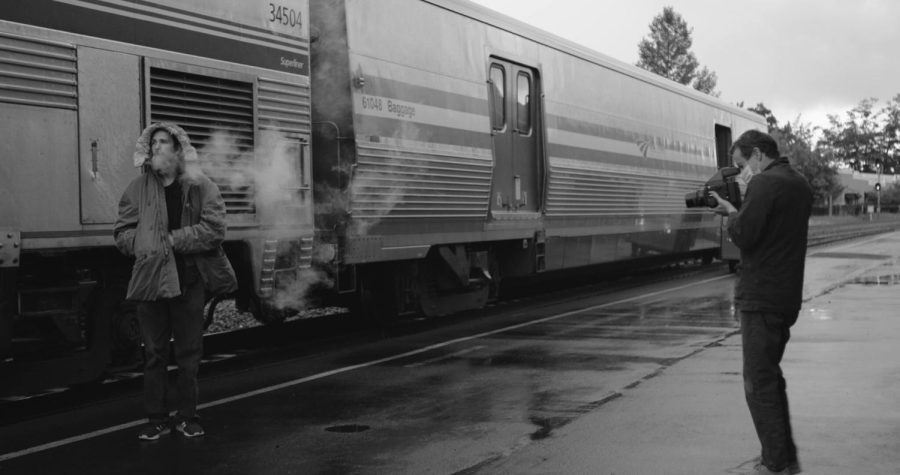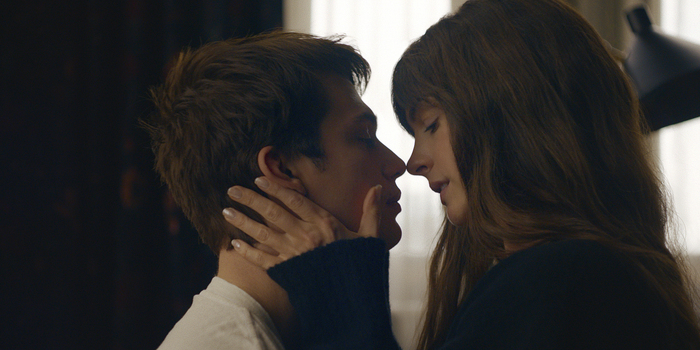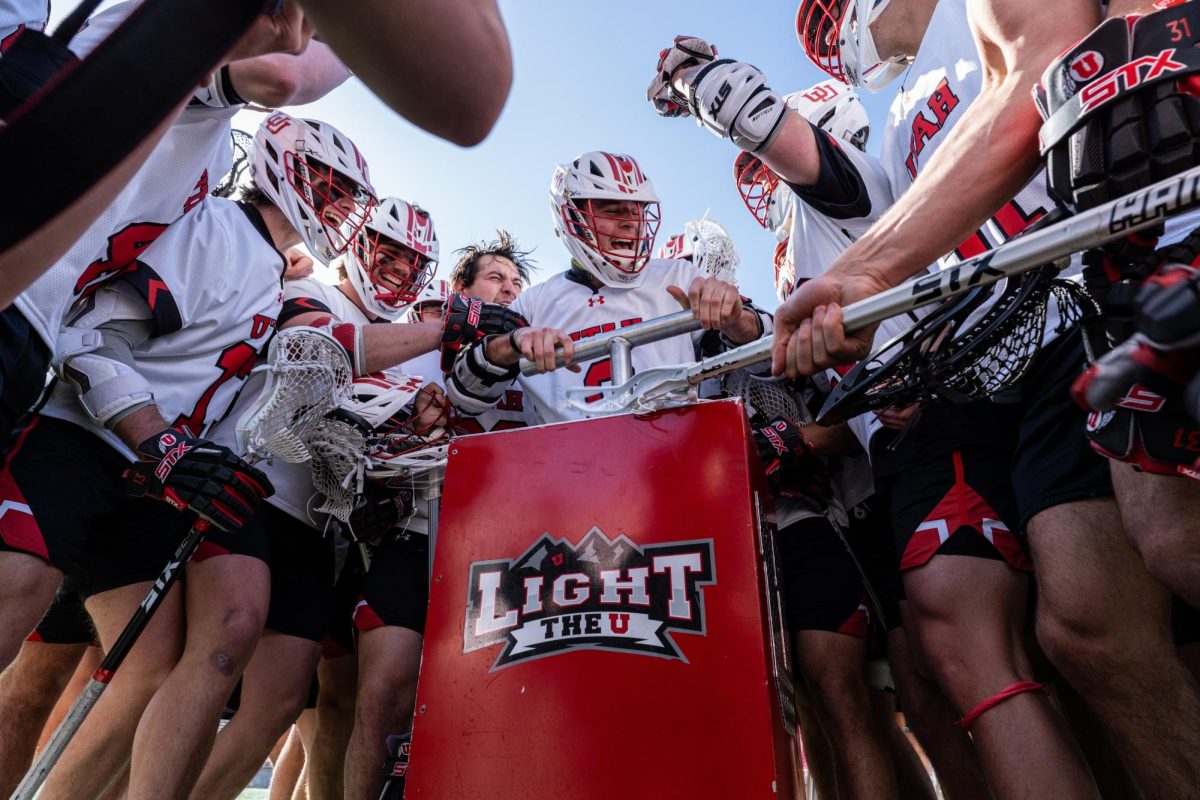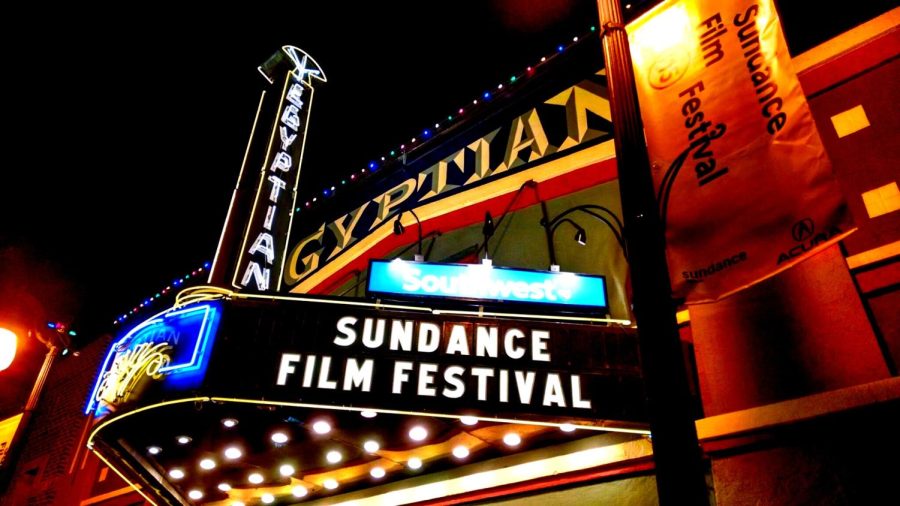Slamdance: ‘Ferroequinology’ Reimagines the Locomotive Chase
February 9, 2022
According to a press release, director and cinematographer Alex Nevill’s documentary feature “Ferroequinology,” stylized as “FERROEQUINOLOGY,” is about “the passion and artistry of railroad photography.” Though “ferroequinology,” by definition, is the study of trains and locomotives, this description grazes the surface. Nevill’s black-and-white film pulls the subject of locomotives into an intimate and philosophical space. “Ferroequinology” is an elegant portrayal of the union between man and machine — two entities often pitted against one another. The film made its world debut at the UK’s Chichester Film Festival in August of 2021. It is premiering in North America as a part of the Slamdance Film Festival.
“Ferroequinology” opens with an appeal to the American historical psyche: “Here I go again, crossing the country in coach trains, back to my old lone wandering … over the great divide…” The railroad, Western heroes and tales of adventure are integral to America’s cinematic history. Nevill’s cinematography, a consistent highlight of the film, is exciting in a very different way. Nevill creates a feeling of wandering by capturing both industrial areas and the awe-inspiring landscapes of the American West. He inserts the viewer into the slow journey of train travel through the eyes of his subjects, American photographer McNair Evans and British photographer Andrew Cross.
Life From the Tracks
Cross focuses on the train itself. He travels the U.S. by truck and sits by railroads for a chance to photograph a train. The unpredictability and random chance in chasing trains is a huge part of the appeal for the photographers who wait for them. More elegantly put by Cross himself: “The romance of the hunt … it’s thrilling.” In the last three minutes, Cross finally gets his train shot. The locomotive comes screeching down the track while he stands and admires it from the back of his pickup with his hands on his hips. “When I am in America, and I am by the train track, it’s like when I am 15 or 16,” he said. “Teenage excitement and pleasure.” Cross’s artistry is in the journey for the photograph. His photos are achievable only through hours of travel on the Nevada highway and his astonishing patience.
Stories From the Train Car
Evans’ long term project involves photographing strangers traveling by Amtrak and asking them to share their stories. Evans engages in touching conversations about Christianity, homelessness, disability, death and abuse. “If you want people to be open and vulnerable, you have to meet them there,” he said. Evans sees trains as a time capsule. For him, it is travel requiring patience in a world of instant gratification. The train car is a place for introspection for Evans. His work asks others to join him in it. The stomach churning stories heard in “Ferroequinology” add a colorful human dimension to the film that extends beyond Evans and Cross.
A Moment in Space and Time
The most profound wisdom in the film occurs around the 48-minute mark when Nevill asks Cross what happens if the train never comes. To this, Cross said, “We don’t see it, but that doesn’t mean that we don’t experience its potential and it doesn’t mean that we don’t experience being here.”
“Ferroequinology” positions Cross and Evans as gurus of the art of being present. Nevill lets his subjects’ philosophies shine in this feature that dares to teach a gentle lesson. “Ferroequinology” is not the study of trains, it is the study of what makes people feel alive.









Frieda Schneider • Feb 16, 2022 at 9:16 pm
Well done, Nicoline !
Love, O & O in Monrovia